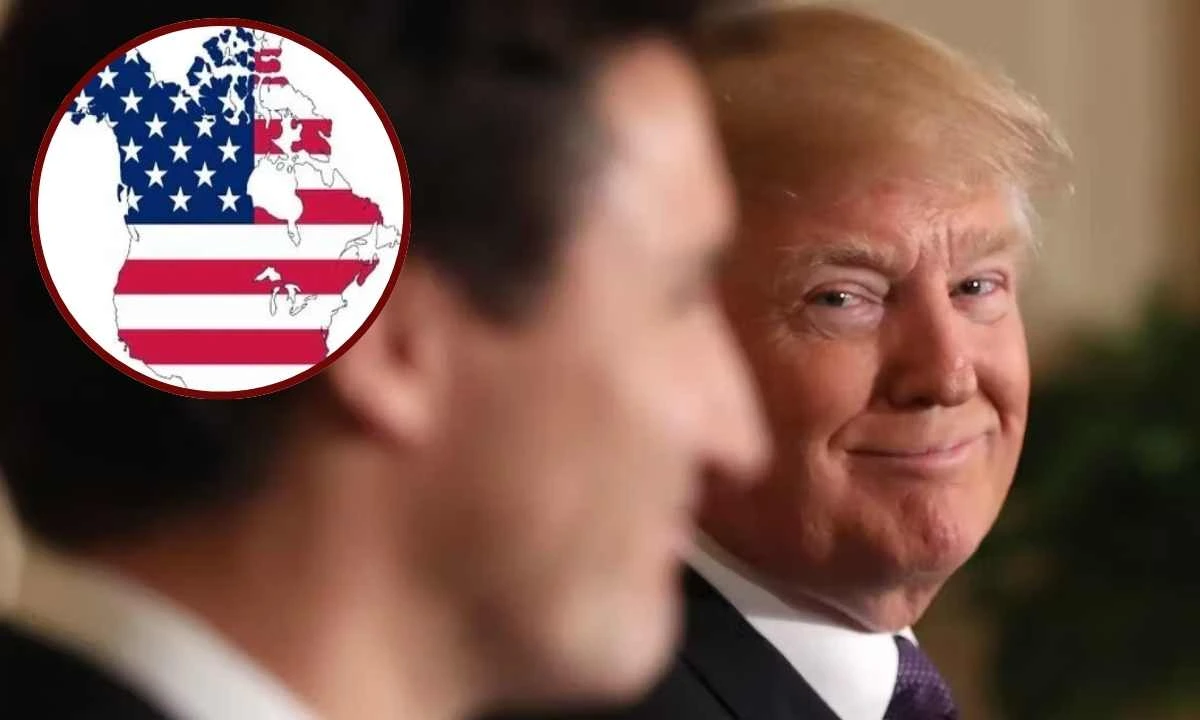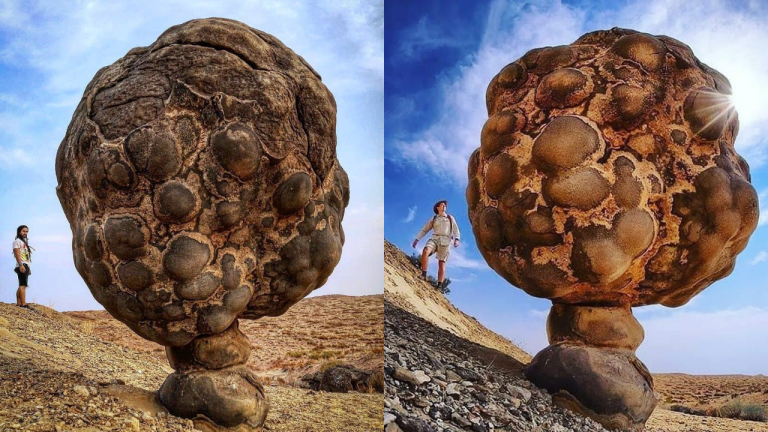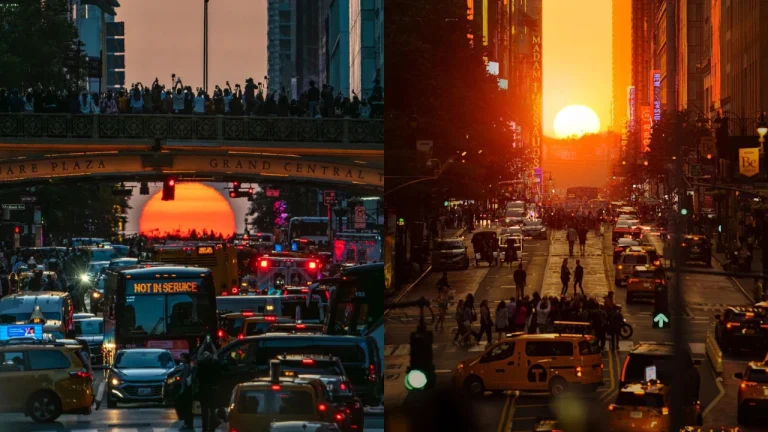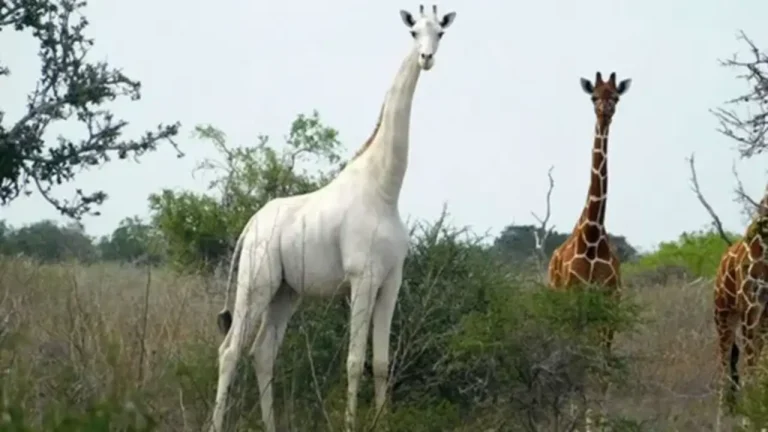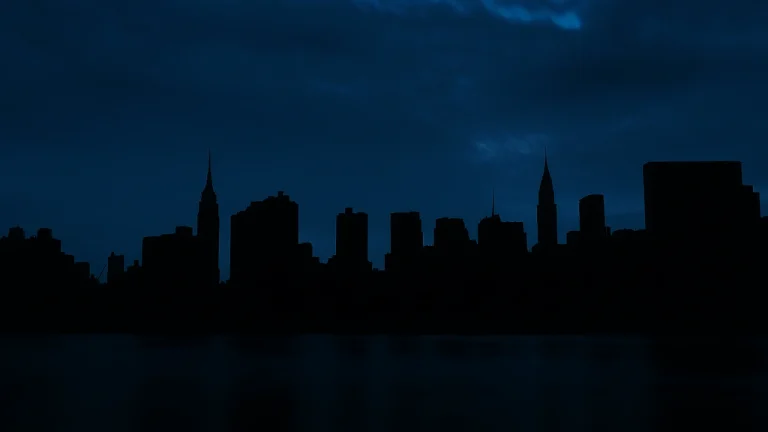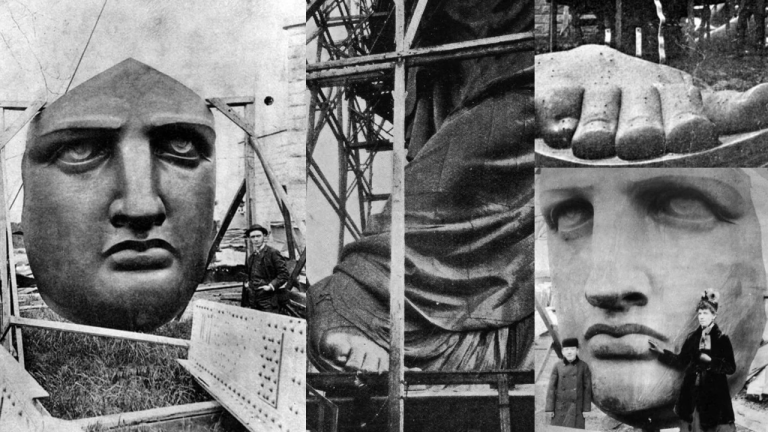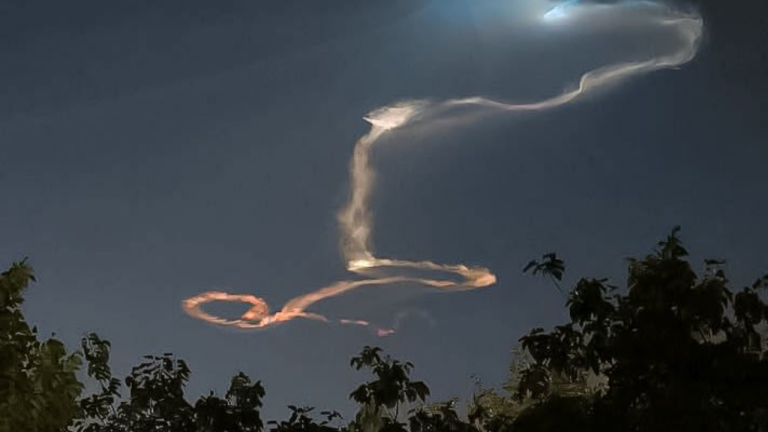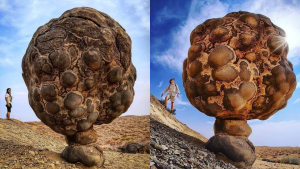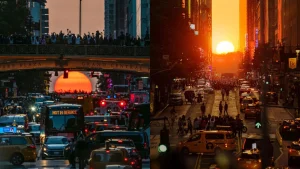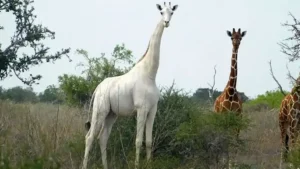On January 7, 2025, former U.S. President Donald Trump sparked widespread attention by posting a distorted map on his platform, Truth Social. The map depicted Canada as part of the United States, captioned with a bold “Oh Canada!” This statement quickly went viral, stirring both humor and concern across social media platforms.
This controversial post came just hours after Trump held a press conference at his Mar-a-Lago home in Florida. During the event, he hinted at broader territorial ambitions, including renewed plans to acquire Greenland and regain control over the Panama Canal. Let’s have a closer look at the reason behind this.
“Oh Canada,” Says Trump
At the Mar-a-Lago press conference, Trump linked his map to his vision of “America’s golden age.” He described the current U.S.-Canada border as an “artificially drawn line” and argued that merging the two nations would strengthen national security and economic prosperity.
“You get rid of that artificially drawn line, and you take a look at what that looks like, and it would also be much better for national security. Canada and the United States, that would really be something.” Trump stated.
Trump also criticized Canada’s military spending, claiming, “They have a very small military. They rely on our military. It’s very unfair.” While ruling out military action to integrate Canada, he firmly declared his intent to use “economic force.”
Canadian Response
Prime Minister Justin Trudeau wasted no time addressing Trump’s statement. On X (formerly Twitter), Trudeau’s Liberal Party shared an image clearly distinguishing areas that are part of the “United States” versus “Not the United States.”
Trudeau himself posted a sharp rebuttal, stating, “There isn’t a snowball’s chance in hell that Canada would become part of the United States. Workers and communities in both our countries benefit from being each other’s biggest trading and security partner.”
There isn’t a snowball’s chance in hell that Canada would become part of the United States.
— Justin Trudeau (@JustinTrudeau) January 7, 2025
Workers and communities in both our countries benefit from being each other’s biggest trading and security partner.
This direct response reflects the ongoing tensions between Trump and Trudeau, a relationship that was fraught with disagreements during Trump’s first term as president from 2017 to 2021.
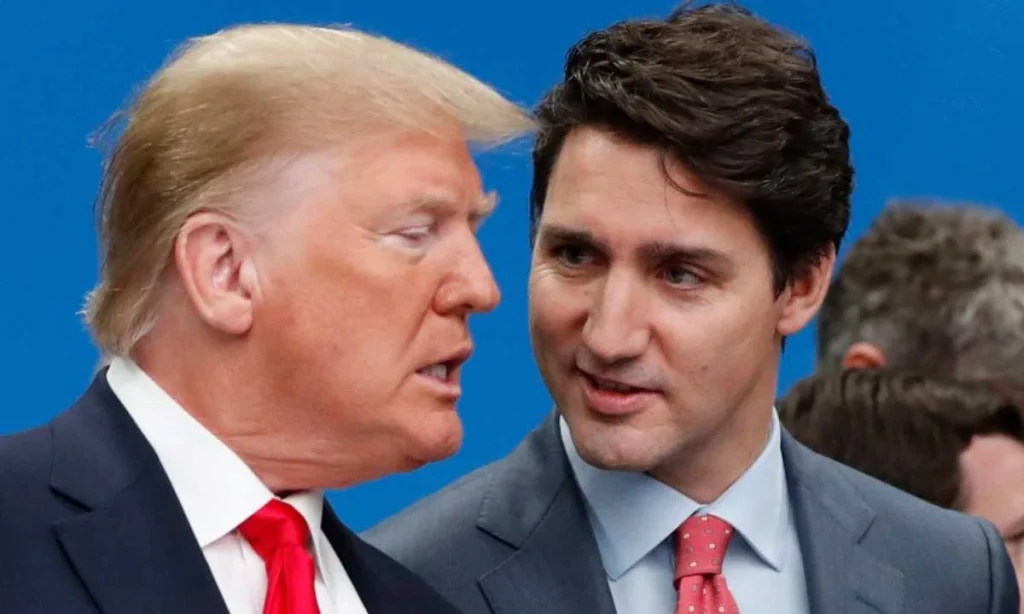
Historical Tensions Between Trump and Trudeau
Trump and Trudeau have clashed in the past over trade, military alliances, and international relations. During his 2017-2021 term, Trump frequently criticized Canada for trade deficits and its reliance on U.S. defense systems.
The idea of making Canada the 51st state isn’t new in Trump’s rhetoric. He has floated this proposal several times, often portraying it as a solution to what he views as an imbalanced trade relationship. On Truth Social, Trump previously claimed, “Many people in Canada LOVE being the 51st State. The United States can no longer suffer the massive Trade Deficits and Subsidies that Canada needs to stay afloat.”
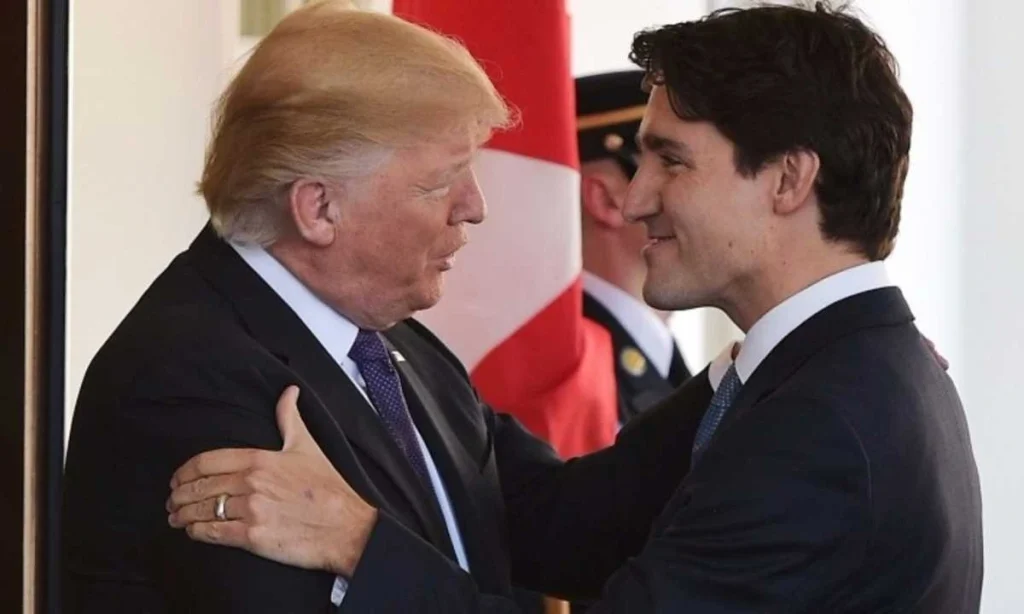
The Economic and Political Implications
Trump’s map posts and statements highlight his broader economic agenda. He criticized Canada’s trade policies and subsidies, suggesting they unfairly burden the United States. Promising to “turn the economy around very quickly,” he emphasized the use of economic strategies over military ones.
Asked about military action, Trump stated, “No, economic force,” signaling his preference for financial pressure to achieve his goals.
These statements have drawn mixed reactions. While some Trump supporters praise his bold ideas, international critics see them as destabilizing. The incident has also united Canadians across political divides, with leaders and citizens collectively rejecting the notion of merging with the United States.
Trump’s Geopolitical Aspirations
Trump’s ambitions extend beyond Canada. At the same press conference, he reiterated his interest in acquiring Greenland and taking control of the Panama Canal. He argued that these territories are vital for U.S. economic and military security.
When asked if military force could be used to achieve these goals, Trump replied, “No, I can’t assure you on either of those two, but I can say this, we need them for economic security.”
These expansionist ideas align with Trump’s vision of an “America’s golden age,” drawing parallels to historical U.S. acquisitions like the purchase of Alaska and the annexation of Hawaii. However, critics argue that such proposals are outdated and unrealistic in today’s global political landscape.
Conclusion
Trump’s controversial map post has reignited debates about his bold rhetoric and unconventional proposals. Whether this was a serious plan or a calculated political move, it has undoubtedly drawn global attention.
For Canada, the incident has reinforced national unity and pride. Trudeau’s firm response and the broader rejection of Trump’s idea reflect a shared commitment to Canada’s sovereignty.
As Trump prepares to take office again, his ambitious geopolitical vision will likely shape future diplomatic talks. Whether these proposals gain traction or remain symbolic of his distinctive style, they remind the world of Trump’s unpredictable approach to leadership.
Also read,


